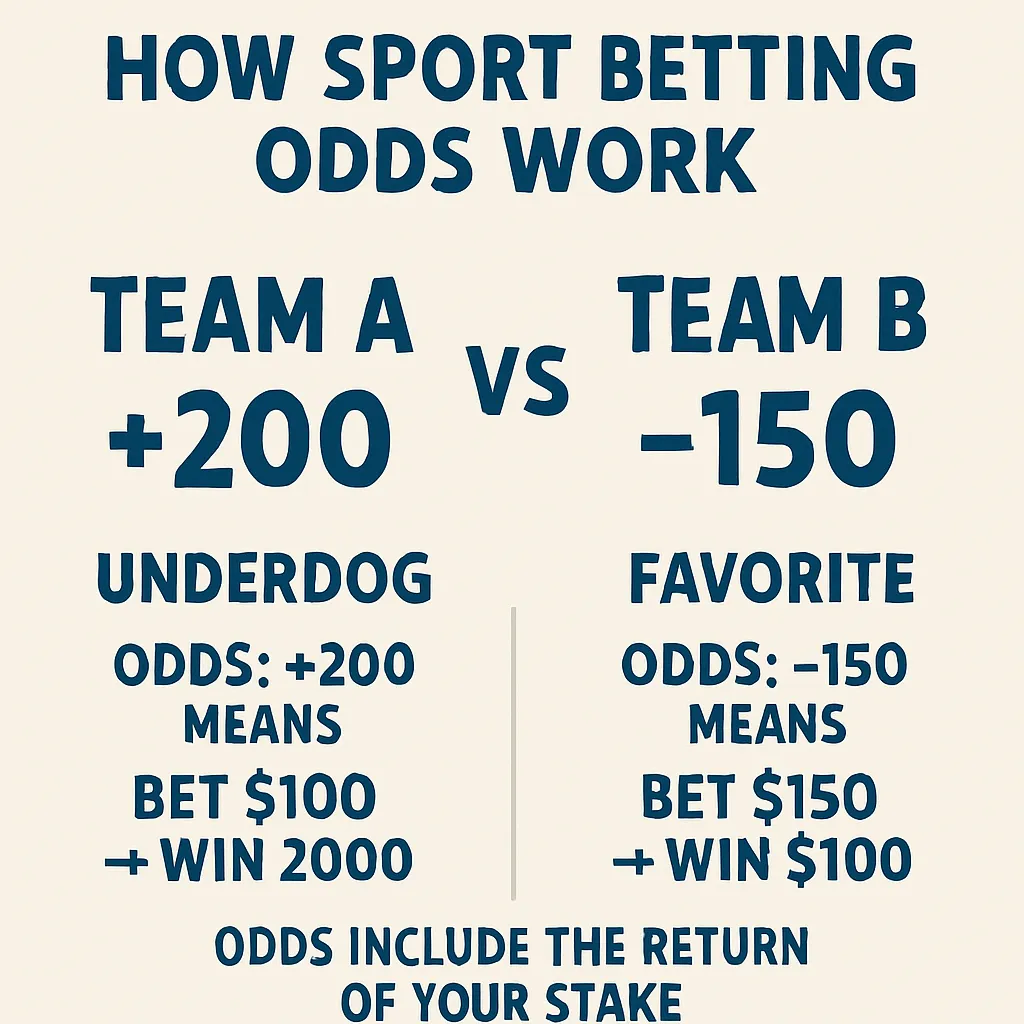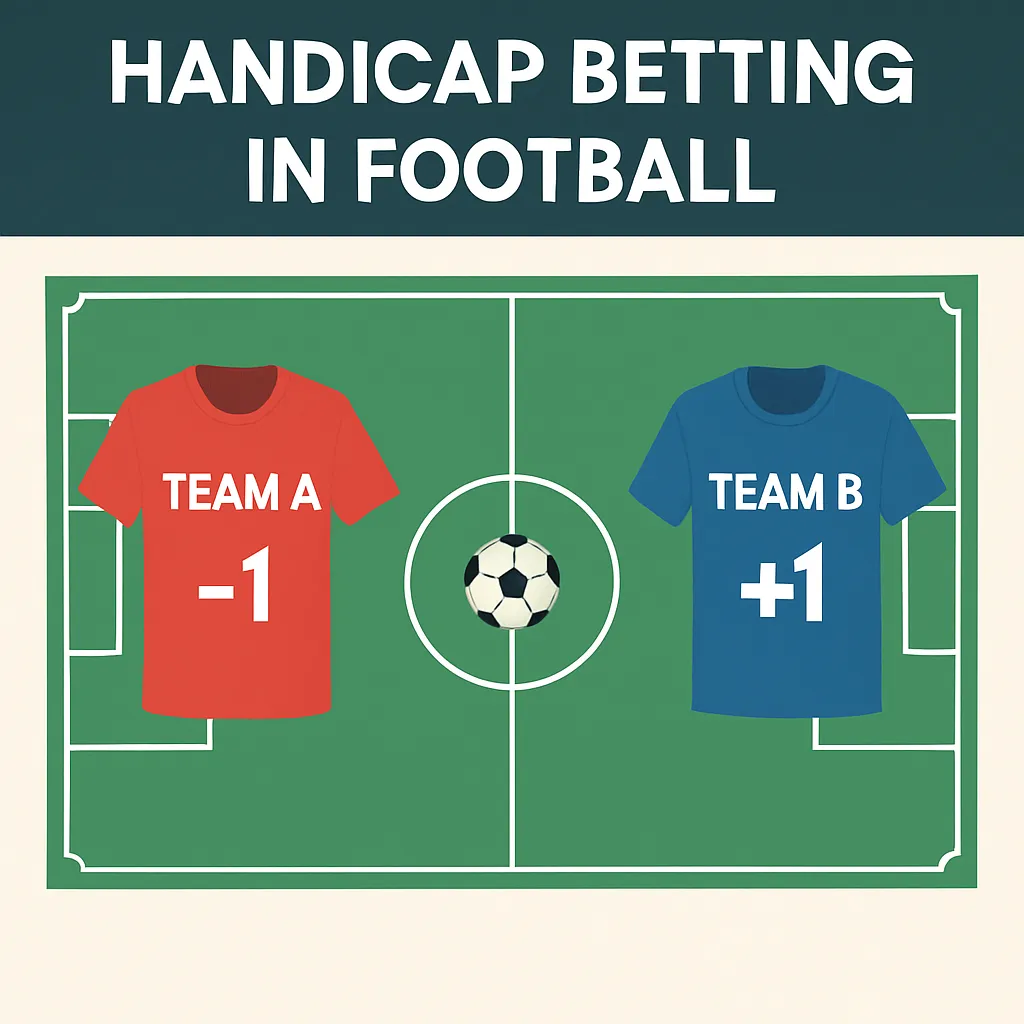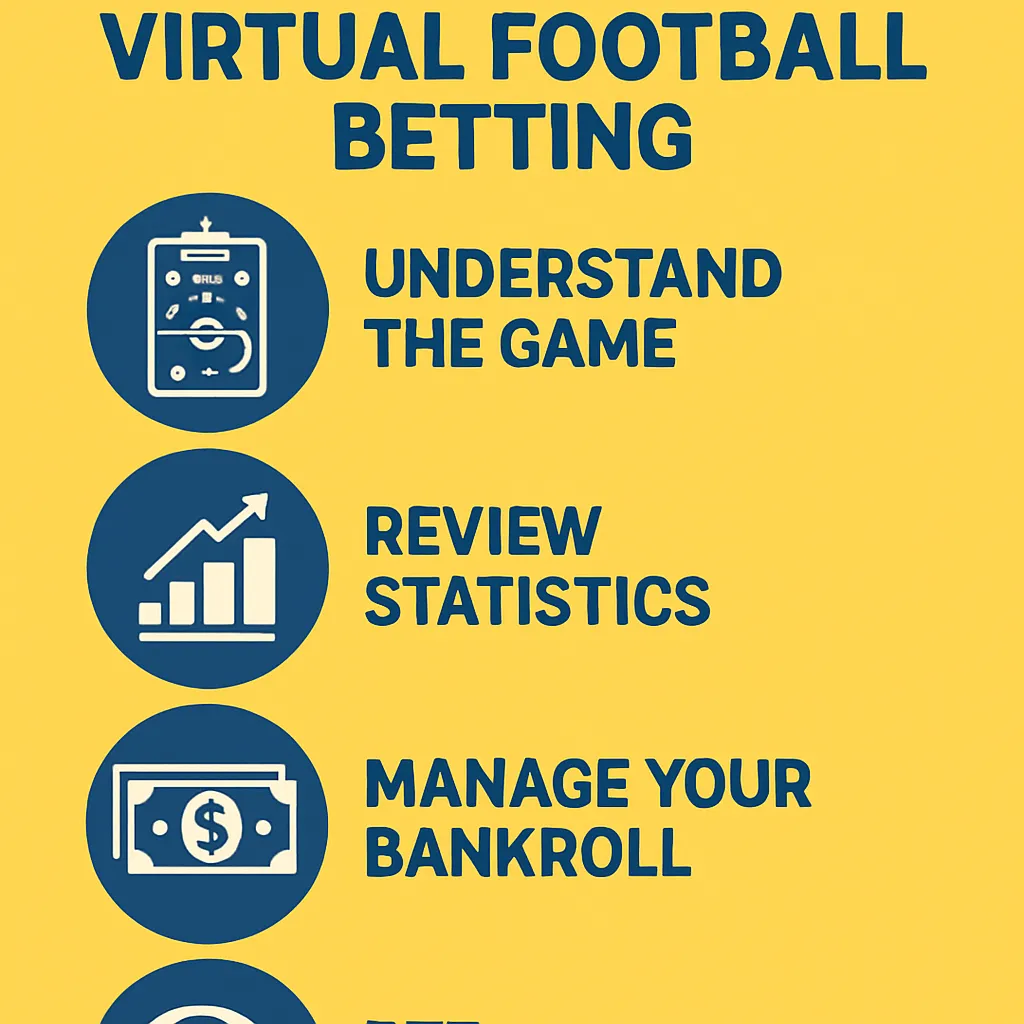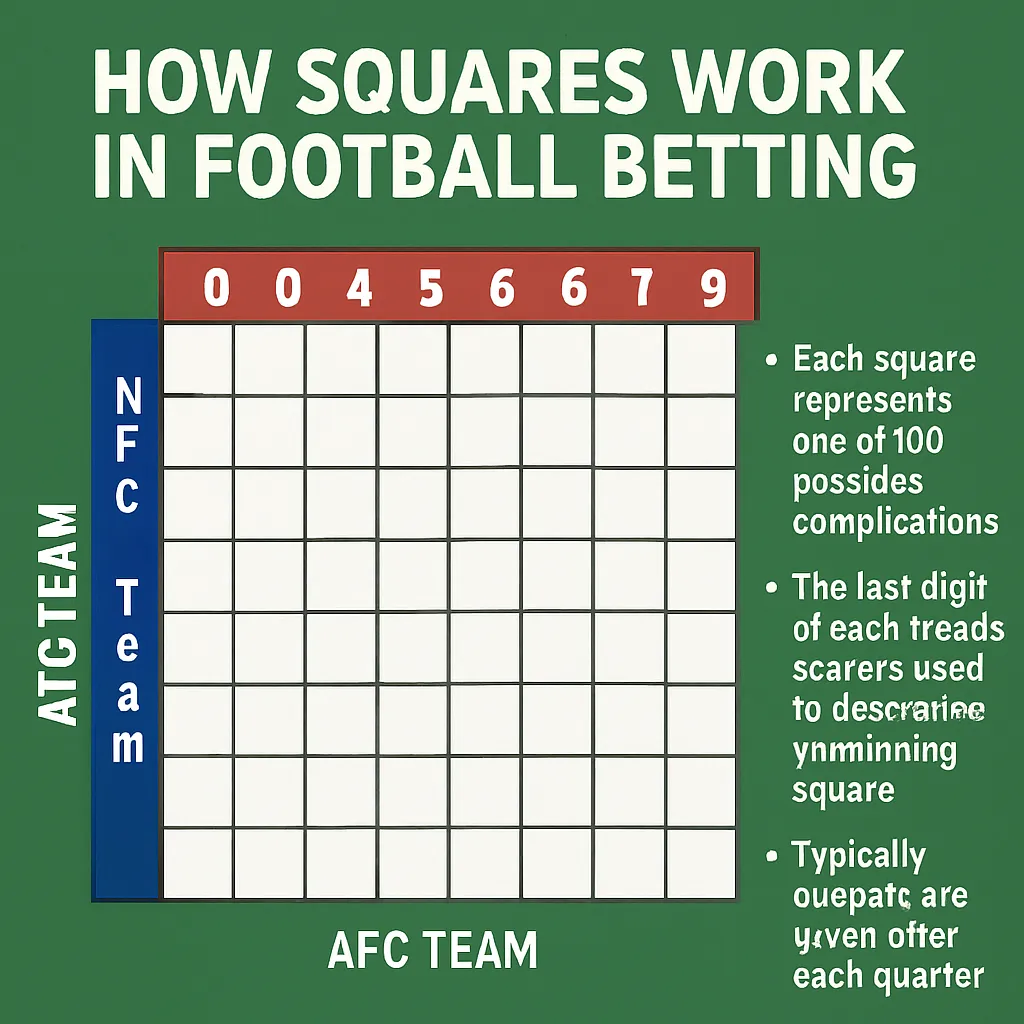Betting odds are numerical representations of the likelihood that a particular outcome will occur in a sporting event. They serve as a fundamental tool for bettors to assess risk and potential reward before placing a wager. Odds are set by bookmakers based on a combination of statistical analysis, historical data, and market demand. By translating probabilities into a clear format, odds help both novice and experienced bettors gauge how much they stand to win relative to their stake. Furthermore, different formats—American, fractional, and decimal—cater to various regional preferences and levels of familiarity. Understanding what betting odds signify is the first step towards making informed betting decisions.
The Importance of Understanding Betting Odds
Grasping betting odds is critical for anyone looking to succeed in sports betting over the long term. Without a solid understanding of odds, bettors risk misjudging their chances and placing wagers with unfavorable expected value. Odds also influence bankroll management; knowing how to interpret them helps bettors allocate stakes more intelligently. Additionally, odds can change in response to new information—such as injuries or weather conditions—so staying informed allows bettors to identify value when markets shift. Ultimately, mastering odds conversion and probability empowers bettors to develop strategies grounded in mathematics rather than emotion. In a highly competitive arena, this analytical edge can make all the difference.
Types of Betting Odds
American Odds Explained
American odds, also known as moneyline odds, display the amount you must wager to win $100 on a favorite or the amount you win from a $100 stake on an underdog. Positive odds (e.g., +150) show how much profit you’d earn on a $100 bet, whereas negative odds (e.g., -200) specify how much you need to risk to win $100. This format is widely used in the United States and is particularly intuitive once the reader gets accustomed to the plus and minus signs. For example, a team listed at +200 returns $300 total ($200 profit plus the $100 stake) if the bet wins. Conversely, a team at -200 requires a $200 wager to return $300 total ($100 profit plus the $200 stake). American odds can appear more complex at first glance but become straightforward with practice.
Understanding Fractional Odds
Fractional odds are traditional in the United Kingdom and are expressed as ratios such as 5/1 or 1/4. The first number (numerator) indicates potential profit, while the second number (denominator) shows the stake required. For instance, 5/1 (“five-to-one”) means you win $5 for every $1 staked. A fractional odd of 1/4 means you must bet $4 to win $1. This system directly communicates the ratio of profit to stake, which can be helpful for bettors accustomed to ratio-based thinking. It’s also common in horse racing contexts, where quick comparisons between multiple horses’ chances are necessary. Fractional odds can be converted to implied probability easily and allow bettors to quickly eyeball potential returns.
Decimal Odds Overview
Decimal odds are popular in Europe, Canada, and Australia, and present potential returns as a single decimal number, including the original stake. For example, decimal odds of 3.00 mean a $1 bet returns $3 total ($2 profit plus the $1 stake). This format is particularly user-friendly for calculating returns: simply multiply your stake by the decimal number. Decimal odds also lend themselves well to spreadsheet calculations and automated betting tools. Because they incorporate the stake in the payout, they eliminate an extra calculation step required in American and fractional formats. Bettors new to decimal odds often find them the most intuitive once they recognize the straightforward multiplication involved.
Calculating and Converting Odds
Converting Odds to Implied Probability
Implied probability translates odds into a percentage that represents the bookmaker’s estimated chance of an outcome. For decimal odds, the formula is simple: implied probability = 1 ÷ decimal odds. With fractional odds, the formula becomes denominator ÷ (numerator + denominator). For American odds, positive odds use 100 ÷ (odds + 100), while negative odds use odds ÷ (odds + 100). Converting to implied probability allows bettors to compare the bookmaker’s assessment with their own statistical models or gut feelings. If your own estimated probability exceeds the implied probability, the bet may represent value. By mastering these conversions, bettors can make apples-to-apples comparisons across different odds formats.
How to Calculate Winnings From Different Odds Formats
Calculating potential winnings in each odds format requires slightly different steps, but all lead to the same outcome: understanding your profit and total return. Below is a clear, step-by-step guide to help you compute returns accurately before placing your bet.
- Identify the odds format you’re working with (American, fractional, or decimal).
- For decimal odds, multiply your stake by the odds to get the total return; subtract the stake to find the profit.
- For fractional odds, multiply your stake by the numerator, then divide by the denominator to find the profit; add the stake for total return.
- For American odds, if odds are positive, multiply your stake by (odds ÷ 100) for profit; if odds are negative, divide 100 by the absolute value of the odds and multiply by your stake for profit.
- Add your original stake to the profit to calculate the total payout you’ll receive.
Odds Conversion Table for Quick Reference
Below is a convenient table to help you convert between American, fractional, and decimal odds formats, along with implied probability percentages. Use this as a quick reference to ensure accuracy when evaluating bets.
| American Odds | Fractional Odds | Decimal Odds | Implied Probability |
|---|---|---|---|
| +150 | 3/2 | 2.50 | 40.00% |
| -120 | 5/6 | 1.83 | 54.55% |
| +200 | 2/1 | 3.00 | 33.33% |
| -250 | 2/5 | 1.40 | 71.43% |
| +100 | 1/1 | 2.00 | 50.00% |
Advanced Concepts in Sports Betting
True Odds vs. Implied Odds
True odds represent the actual statistical probability of an event occurring, often derived from advanced modeling and historical data analysis. Implied odds, on the other hand, are what the bookmaker’s odds suggest about that probability after factoring in the house edge and market dynamics. When implied odds diverge from your calculated true odds, an opportunity for value betting may exist. However, true odds are challenging to compute precisely without access to large datasets and sophisticated algorithms. Recreational bettors often approximate true odds using simplified models or expert consensus. Professional bettors invest heavily in data and analytics to reduce the gap between true and implied odds.
Impact of Betting Odds on Strategy
Understanding and leveraging odds is central to crafting a winning betting strategy. Odds guide bankroll allocation, inform hedging opportunities, and highlight value bets when the market misprices an outcome. Bettors may employ strategies such as matched betting, arbitrage, or value betting, each relying on odds discrepancies. For example, arbitrage bettors seek different odds across multiple sportsbooks to guarantee profit regardless of the event outcome. Consistent analysis of odds movements can also signal smart money or insider information shifting the market. Ultimately, integrating odds analysis into your betting strategy increases the likelihood of long-term profitability.
How Odds Affect the Betting Market
The interplay between odds and market behavior underscores the dynamic nature of sports betting. Bookmakers adjust odds in response to bettor volume, aiming to balance books and minimize risk. When large sums are wagered on a side, odds shift to encourage balanced betting on the opposing outcome. This practice ensures bookmakers profit via the vig (the built-in commission). Conversely, bettors monitor odds movements to detect potential value or insider action. Understanding these market mechanisms allows bettors to anticipate odds changes and place timely wagers.
- Track opening odds versus current odds to identify significant shifts.
- Analyze public betting percentages to determine market sentiment.
- Compare odds across multiple sportsbooks to find the best available price.
- Monitor line movement alerts from analytical services for insider signals.
- Adjust your stake or hedge your position if odds move unfavorably.



